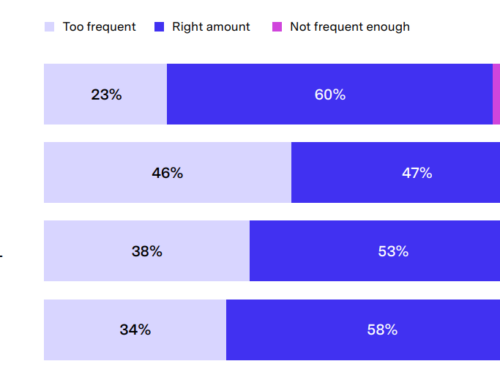People in the UK are some of the most prolific home movers in the world. Stats show that on average we move eight times in our lifetime, which is almost double the amount of moves made by people in France, Germany and Spain. This figure has doubled in forty years. In 1975 the average Brit only relocated an average of four times and this growth is showing no sign of abating as people are increasingly flitting from one house to another to make their way up the property ladder.
As a result of all of these home moves; around 11 per cent of the population or 7 million people, it is unsurprising that it is difficult for marketers to keep track of their customers. The average customer database decays at around 2-3 per cent per month, which means that within a year almost a third of the customer records could be out of date. This is obviously a problem as organisations are wasting precious resources targeting goneaways – people that are no longer known at that address.
But on 25th May 2018 it becomes even more of a problem.
Why?
Because of the introduction of GDPR (General Data Protection Regulation).
Under the new directive organisations in the UK will be required to comply with its legislative framework. This includes more rigorous requirements for obtaining consent for collecting personal data. In other words, marketers will need opted-in permission from consumers to use their data as opposed to the more favourable and current opt-out model. Furthermore, with it comes increased sanctions for non-compliance – up to four per cent of global turnover, which has the potential to dwarf the fines currently dished out by the ICO.
As a result of GDPR in two years’ time, customer acquisition will become more legally challenging and infinitely more expensive. The focus will therefore be on retaining permissioned contacts, however with a substantial proportion of them moving house every year keeping the database from becoming a dwindling pool will be a significant challenge. This is particularly true as research from Wilmington Millennium shows that when asked to rank the organisations that people would tell when they were moving house heavy direct marketing users including retail, charity and entertainment were at the bottom of the pecking order. Organisations with a financial interest were ranked highest in order of priority, with employers, governmental agencies and financial services coming first, second and third respectively.
While respondents categorised five types of organisation as ‘essential to inform’, the research showed that despite this they were not rushing to tell them of a move. Typically, the top tier were advised of a new address within three weeks of a move. Important organisations were told within two months and non-essential organisations were not told at all.
The solution lies in solid data hygiene practices. Using suppression goneaway files and home mover relocation solutions, organisations can identify and remove people who have moved from their mailing lists, thus reducing the cost of the direct mail campaign, but also – more importantly – they can trace the new address of opted-in consumers. This is crucial for organisations that want to continue to leverage the power of direct mail as a marketing tool. It is one of the most effective and cost efficient acquisition media and can continue to be so, as long as organisations adhere to the new data protection laws.





